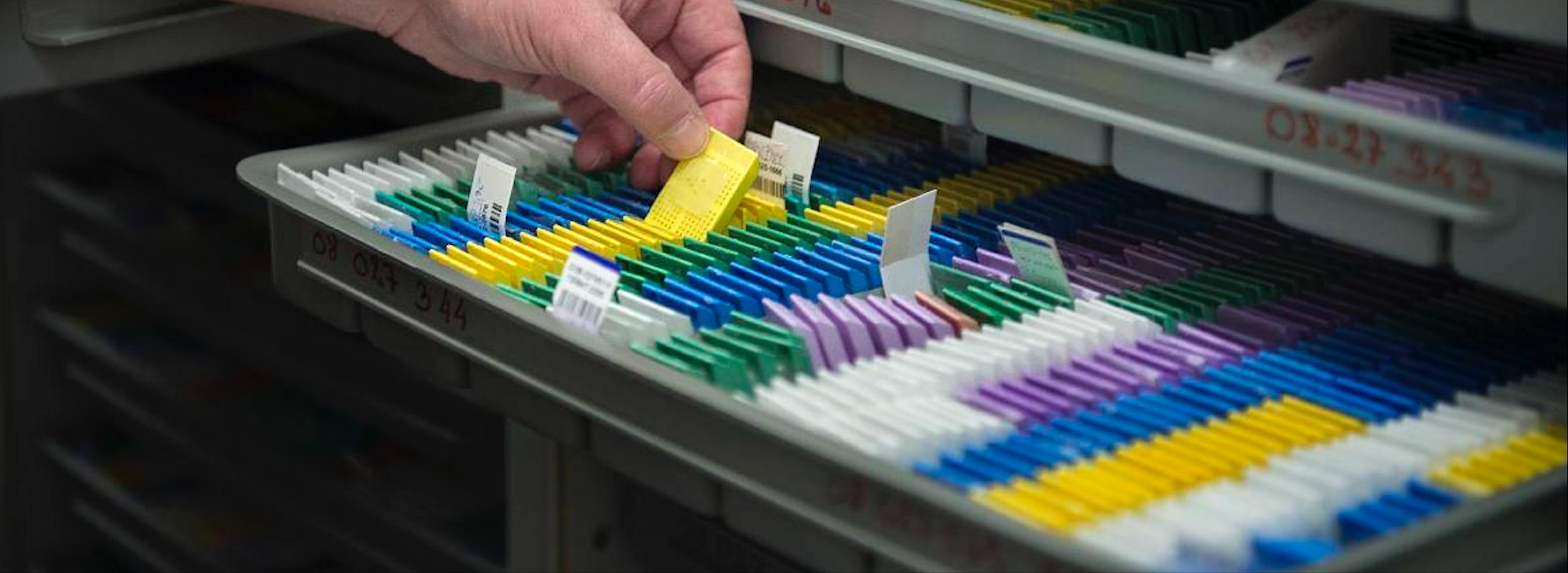Containing 9479 brains, The Brain Collection at University of Southern Denmark (recently moved from Aarhus to Odense) is among the largest in the world. The significant number of brains from people diagnosed with dementia, schizophrenia, mania, and major depression is unequalled and enables researchers to conduct studies of large samples.
The collection contains brains from people who never received any modern medical treatment. Studying these brains, researchers are able to investigate the effect of modern treatment.
The brains were collected from psychiatric patients regardless of diagnosis.
Due to its huge size, the collection contains brains from patients diagnosed with rare disorders—brains which would otherwise have been difficult or impossible to obtain.
Many scientific studies only require tissue from a few individuals or groups of 10‒20 subjects. However, when selecting subjects, psychiatric diagnoses as well as factors such as sex, age, course of disease, treatment, and comorbidities must be taken into account. Thus, sampling cases from a large set of subjects is beneficial—especially when matching groups are needed for comparison. Only few brains to choose from is often a limiting factor in brain research. Therefore, the large number of brains in the Brain Collection is important—even if only tissue from relatively few brains will be examined.
